The first week of the project included understanding the team dynamics and setting up the project. We emerged as a team named ‘EyeDeal’ consisting of 3 programmers, 1 game designer, 1 artist, and a producer. We gathered information about the project and the resources that we would require. We met with two of our clients, David Putrino who is a researcher at Putrino Lab that operates out of the Abilities Research Center at Mount Sinai Hospital, and Adam Fry who is a postdoctoral researcher at the Department of Rehabilitation Medicine at Mount Sinai Hospital. Our team was tasked to create a fun, engaging video game that utilizes the Tobii Eye Tracker 5, paired with a “click” command that can eventually be triggered by a brain-computer interface (BCI). The goal of the game will be to provide an engaging environment to familiarize guests with the eye tracker and the novel click mechanic, which may eventually be expanded to prospective BCI users.
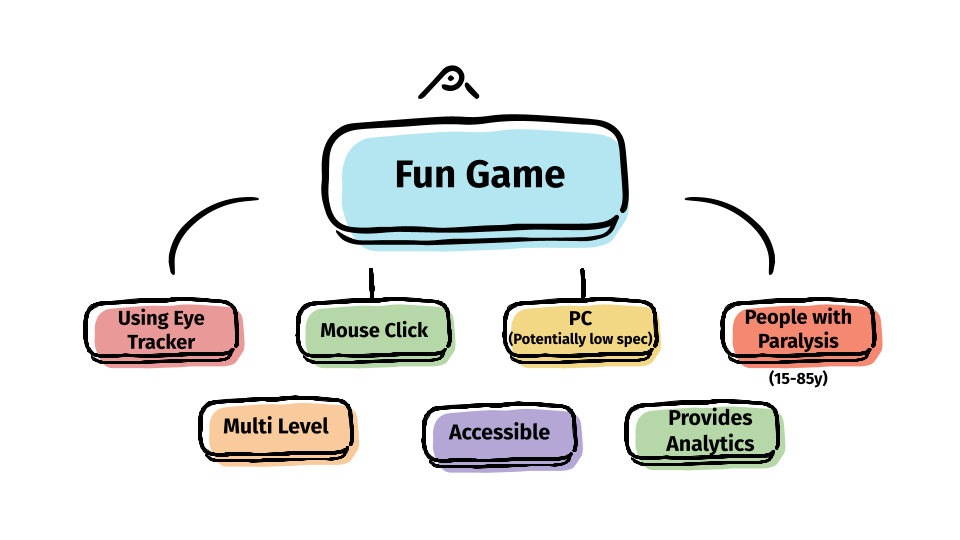
Key Components 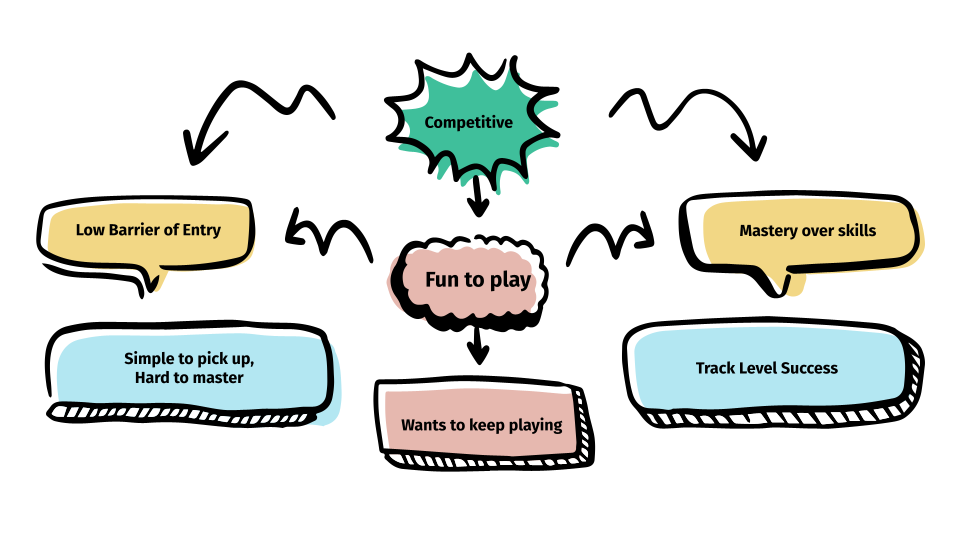
Requirements
The gamified environment will progressively train the patient and provide analytics to the researchers. These analytics would relate to accuracy, precision, smooth tracking, and reaction time.

Upon learning of the client’s requirements, the team created a composition box to define the goals of the project, experience, and the team.

We conducted our first brainstorming session where each member came up with 15 ideas which were narrowed down to 5 ideas as a team. The ideas included a Bull, Space, Manipulation, Telekinesis, and Spy Game.
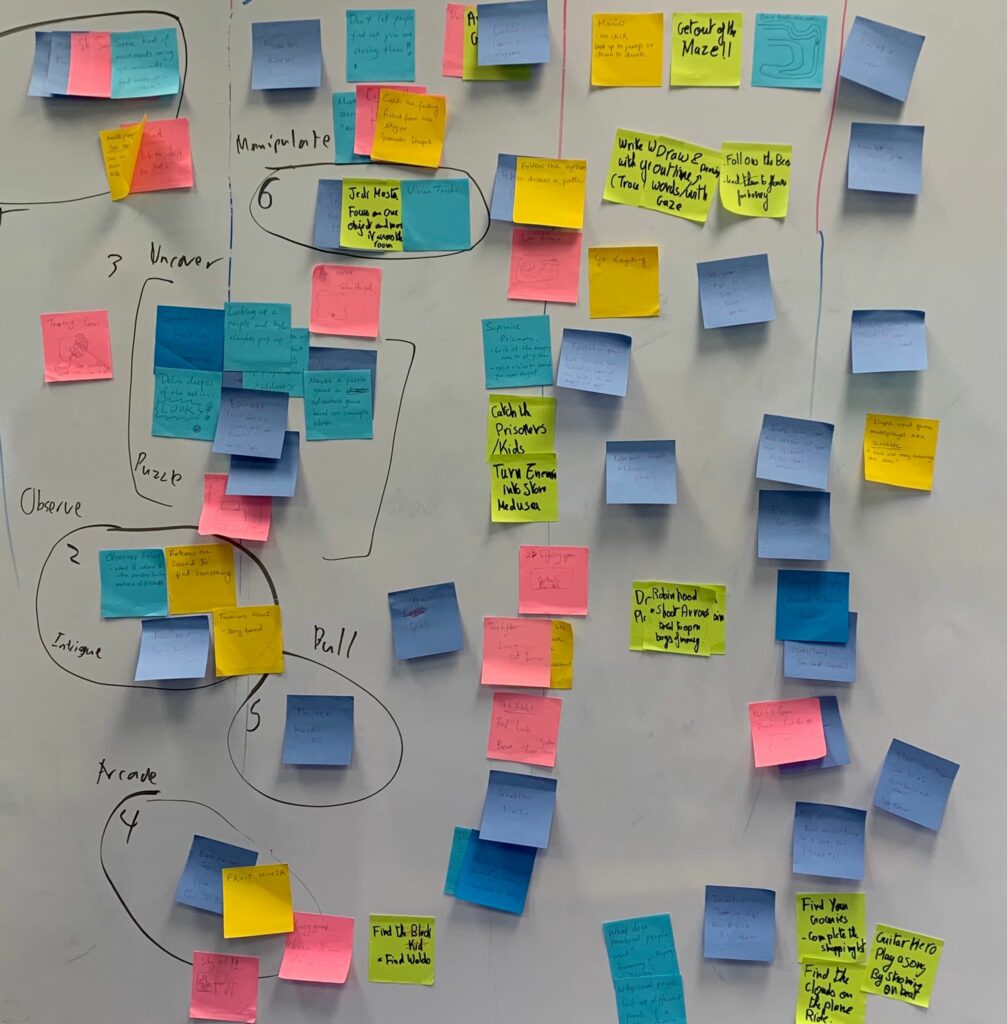
Brainstorming Ideas 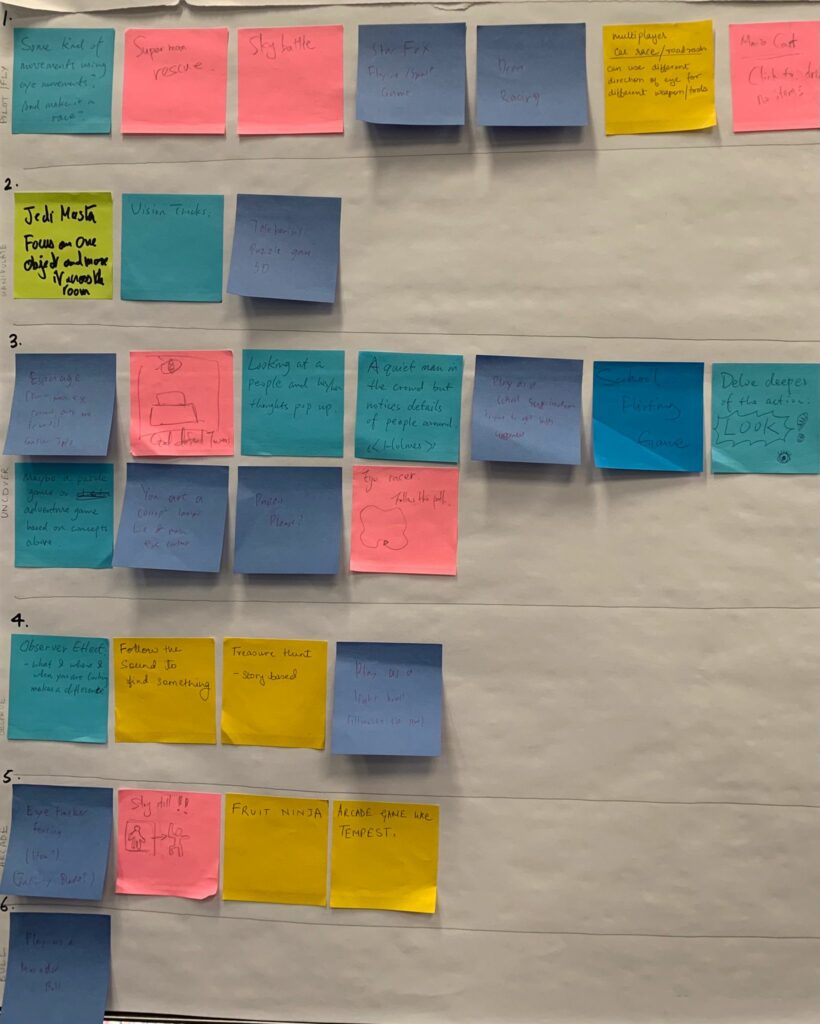
Congregated Ideas
By the end of the week, we were understanding more about the eye-tracking technology and its challenges from one of our clients, Dev Sharma. Dev is a postdoctoral researcher at Carnegie Mellon University who has extensive development experience with the eye tracker. We got a sense of the challenges that we might encounter and started to build basic prototypes for our 5 brainstormed ideas.
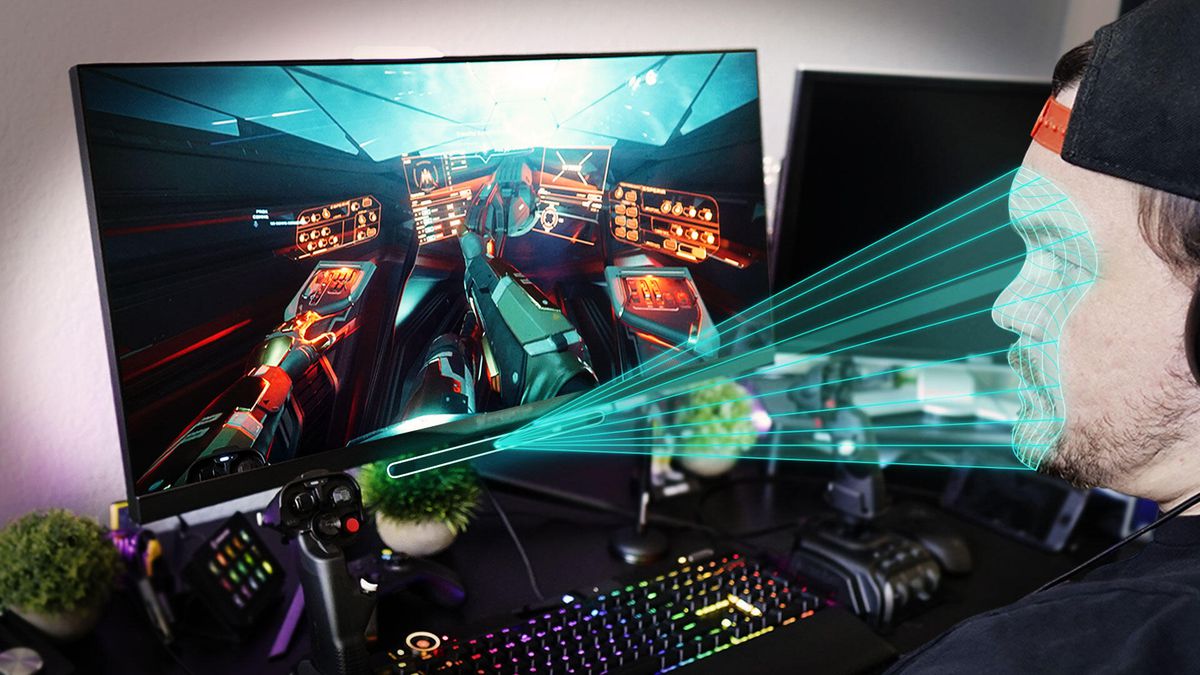
Tobii Eye Tracker 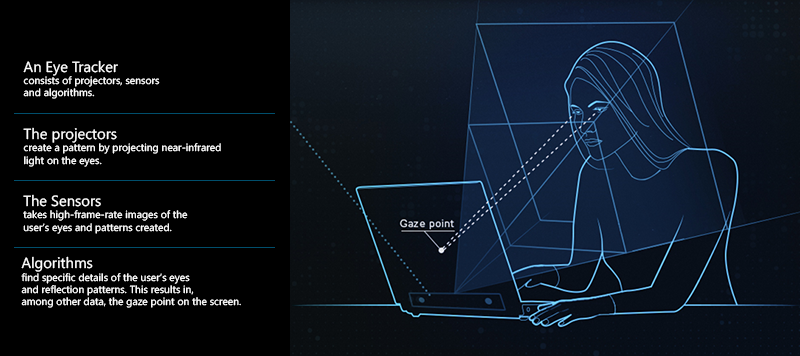
Documentation on the eye Tracker
We entered into the next week planning early user research and researching effective gameplay, UI, and art styles for eye-tracking games with reference to the existing games that use similar input technologies.
